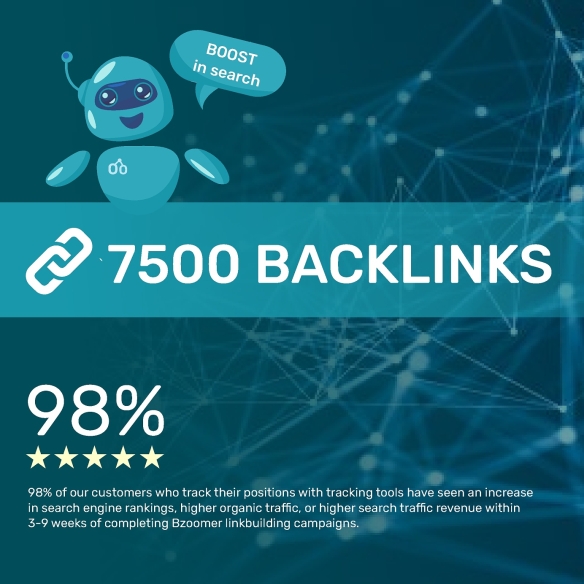Cryptocurrencies operate on decentralized networks, across borders, and often outside traditional regulatory structures. This creates challenges that traditional risk models simply cannot address. A crypto risk assessment framework allows organizations to evaluate risks through a crypto-specific lens, taking into account blockchain transparency, pseudonymous identities, novel technologies, and rapidly evolving threats.
Crypto transactions settle instantly, smart contracts can fail, wallets can be compromised, and regulatory landscapes change with little warning. Without a tailored assessment model, companies reacting only when problems occur typically discover issues too late. A dedicated framework ensures a proactive approach to risk rather than a reactive one.
The Four Core Risk Categories Every Framework Must Address
A mature crypto risk assessment framework typically focuses on four major categories of risk. Together, these provide a complete view of vulnerabilities across an organization.
1. Transaction Risk
This includes the risk of dealing with suspicious wallet addresses, irregular transaction patterns, or funds connected to illicit activity. Because blockchain transactions are permanent and irreversible, organizations must ensure they have proper monitoring, analytics, and alerting mechanisms in place. A strong framework clearly defines how transaction data is screened, what constitutes suspicious behavior, and how escalations are handled.
2. Counterparty Risk
Counterparty risk in crypto is broader than in traditional finance. It includes customers, liquidity providers, custodians, exchange partners, and any external entity interacting with your ecosystem. A crypto risk assessment framework evaluates each counterparty’s legitimacy, compliance maturity, asset reserves, operational security, and overall trustworthiness.
3. Regulatory Risk
Because crypto regulations vary widely between countries — and change frequently — institutions must continuously monitor their jurisdictional exposure. A good framework maps specific obligations, evaluates the likelihood of new regulatory changes, and defines how the organization will stay compliant even as requirements evolve.
4. Operational Risk
Operational risk covers everything that can go wrong internally: wallet security failures, private key mismanagement, insider threats, human errors, vendor issues, or system outages. In crypto, operational failures can lead to irreversible financial loss, making this category especially critical. A well-structured framework assigns responsibilities, defines controls, and prepares for worst-case scenarios.
How to Build an Effective Crypto Risk Assessment Framework
Developing a strong crypto risk assessment framework is not a one-time task — it’s an ongoing process that evolves with new technologies, regulations, and threat patterns. The following steps outline the essential phases of creating one.
Step 1: Identify Risks
The first step is to list all potential risks across transaction, counterparty, regulatory, and operational domains. This involves internal workshops, process reviews, historical incident analysis, and assessment of business models. Clear documentation is crucial — vague descriptions lead to vague controls.
Step 2: Measure Likelihood and Impact
Each identified risk needs to be evaluated based on how likely it is to occur and how severe the consequences would be. Impact may include financial loss, legal penalties, customer harm, or damage to the company’s reputation. Using a risk scoring matrix enables organizations to prioritize which risks require immediate attention.
Step 3: Define Mitigation Strategies
Once risks are prioritized, the framework outlines how each will be treated. Options typically include:
-
Reduction: introducing controls, analytics, or process improvements
-
Avoidance: discontinuing a high-risk activity
-
Acceptance: tolerating low-impact risks
-
Transfer: using third-party services or insurance
Mitigation strategies should be measurable, realistic, and integrated into daily operations.
Step 4: Implement Continuous Monitoring
The crypto landscape changes quickly, meaning risk assessments cannot remain static. Constant monitoring of transactions, regulatory updates, system logs, and key performance indicators is necessary to keep the framework relevant. The organization should review and update the framework regularly, ensuring that new risks are incorporated and outdated assumptions are removed.
Step 5: Combine Technology With Human Expertise
While automation and analytics tools play a major role in screening transactions and monitoring blockchain activity, human judgment remains irreplaceable. An effective crypto risk assessment framework finds the right balance between automated detection and expert oversight. Teams should be trained to interpret alerts, investigate anomalies, and identify subtle patterns that tools might miss.
Common Mistakes in Crypto Risk Assessment
Many institutions build weak or outdated frameworks because they underestimate the speed and complexity of the crypto sector. Common mistakes include:
-
Overreliance on automated tools without human review
-
Using traditional finance templates instead of crypto-specific models
-
Treating risk assessment as a one-off compliance exercise
-
Failing to monitor cross-chain activity, smart contract exposure, or DeFi risks
-
Ignoring operational risks such as wallet security or staff training
Avoiding these mistakes is essential for creating a framework that actually protects the business.
Why a Crypto Risk Assessment Framework Matters for Long-Term Success
A well-designed crypto risk assessment framework strengthens an organization’s resilience, supports compliance, and boosts investor and customer confidence. It allows institutions to manage threats proactively, prepare for regulatory changes, prevent onboarding high-risk partners, and protect themselves against financial crime and operational failures.
In a sector where mistakes can be irreversible, having a structured and forward-looking approach to risk is not just smart — it is a competitive advantage.


